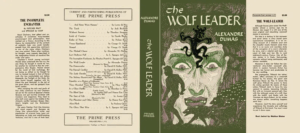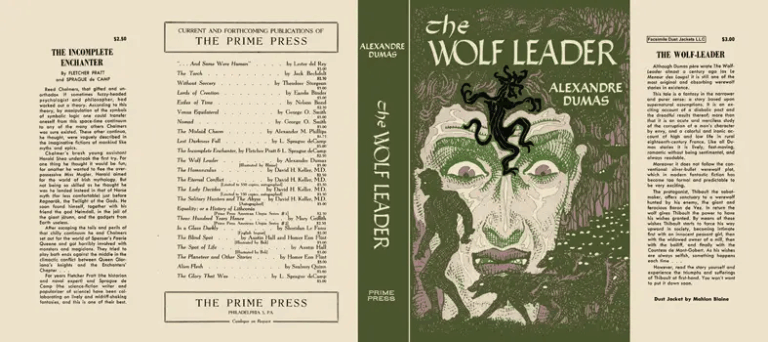I’m sure you’re familiar with the concept that “there are only seven notes in music”, often used and misused when a melody sounds a little too familiar to the ear. Well, there’s a similar thing in fiction, and I thought I could elaborate a little on this for people who are interested in writing tips (that would be the people willing to offer me a beer).

A book I’ve owned for ages, till the times when I was writing essays on Tolkien and fantastic architecture, is The Seven Basic Plots by Christopher Booker, subtitled Why We Tell Stories. I originally bought it because it provided a fresh breath of air in the midst of instrumental criticism that aimed to drag Tolkien by the jacket and make him a preacher (either social or political, or both): Booker analyzes the stories of… well, pretty much everything in Western literature, and identifies the seven basic kinds of stories of the title:
-
Overcoming the Monster;
-
Rags to Riches;
-
The Quest;
-
Voyage and Return;
-
Comedy;
-
Tragedy;
-
Rebirth.
Guess what? The Lord of the Rings include all seven of the plots.

What I would like to do is bring forth some of these plots. My novel doesn’t have all seven. I mean. I don’t think so. My proofreaders would have to tell me. But it would be a neat exercise to try and see through narrative devices and gain a little more understanding of what it is that we do when we tell stories.
First post of the series in a few hours.





1 Comment
Pingback:What is a myth? – Shelidon
Posted at 00:03h, 16 November[…] on my novel and I wait to undergo what I hope will be the final round of editing. A while ago, we went through some of the Seven Basic Plots from Chrisopher Booker’s acclaimed book on storytelling and […]